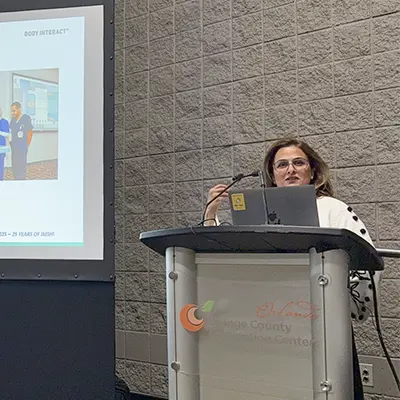In Mexico, just as in many other countries, there are a lot of hospitals and doctors, but “unfortunately they are very crowded places”, explains Dr Edgar Herrera, President of the Mexican Society of Simulation.
With a large group of students, a reduced number of doctors available and a lack of time to teach, the problems of the medical education systems represent a major concern for the educators. Future doctors are not being prepared for the real-world challenges.
Even at the university itself, due to the limited number of simulation resources and instructors, the assessment, the preparation and implementation of the simulation centre activities are becoming very increasingly difficult.
Find the solution: Meet virtual patients
For these reasons, Dr Herrera, Professor at the Anahuac University in Mexico, presents virtual patients as the solution.
Its ability to be complemented by other medical simulators and its contribution to the standardization of the students’ curriculum have become highly valued benefits for universities taking on this type of simulator. At the same time, “it solves the lack of space problem, and it helps universities overcome the obstacle of having limited staff”, the professor explains.
Curriculum integration
The Mexican Society for Simulation developed a study to understand how their members integrate virtual patients into their simulation programs. The four main answers were:
- Pre simulation
- Standardized evaluation tool
- Self-Debriefing
- Continuous training and standardization
Dr. Herrera, finished his presentation by highlighting the way Body Interact can be used for purposes that aren’t strictly academic. Last year (2019), their society hosted a Body Interact competition named Virtual Patient Challenge.
In interdisciplinary teams, participants were challenged to solve a clinical case with the highest score possible in the shortest time manageable.








